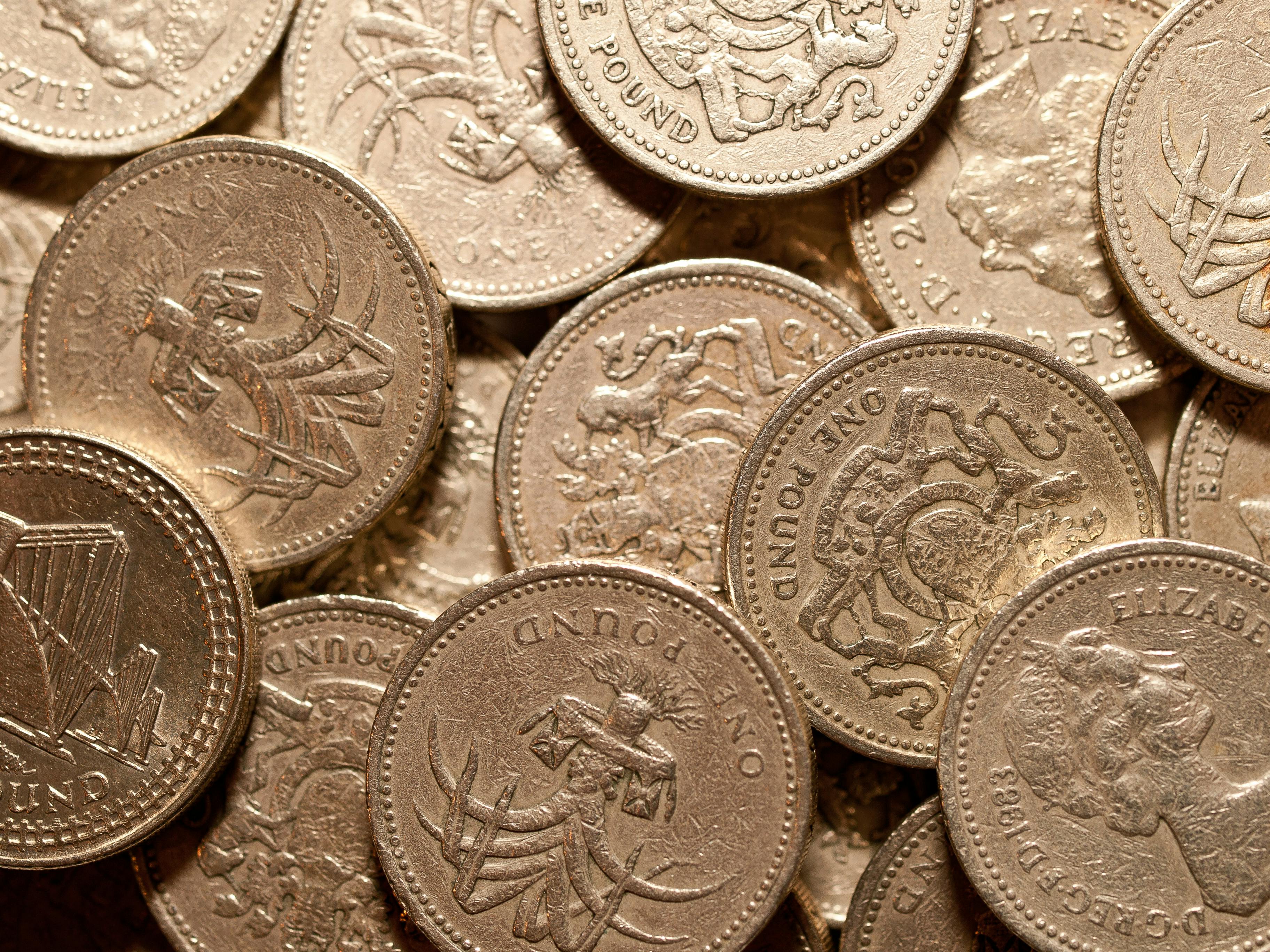Marriage Allowance offers potential tax relief to married couples and civil partners in the UK. Understanding the intricacies of the scheme is worthwhile for couples who may save a sum with a bit of paperwork. Sometimes, a few minutes spent on an application form translate into more pounds in the pocket at the end of the tax year. Let’s uncover how the transfer of allowances between spouses is intended to reduce household expenses.
What is Marriage Allowance Relief?
Marriage Allowance Relief is intended to assist married couples or civil partners -where one member earns less than the personal allowance limit, indicating the non-taxable amount of income. Through this relief, the partner with the lower income can transfer up to some portion of their unused personal allowance amount to their spouse or civil partner, potentially saving them some money in taxes for that tax year.
Note: The UK personal allowance ceiling for the tax year 2023/24 is £12,570.
In some cases, where the earning amounts of both partners fall near the threshold, the benefit from this relief may be minimal. Overall, proper calculation is required to determine how the rules apply to individual financial circumstances.
Who is Eligible for Marriage Allowance?

Certain criteria must be satisfied to be eligible for Marriage Allowance. Those in a matrimonial relationship or registered civil partnership must adhere to the tax regulations.
Here are the eligibility criteria for the Marriage Allowance Relief:
- Partners must be in a matrimonial or civil relationship
- The Date of birth of one or both partners must be on or after 5 April 1935.
- One partner must earn less than the personal allowance limit (which is £12,570 for the tax year 2023-2024). The other partner must earn above the personal allowance limit and pay income tax at the basic rate.
How Does Marriage Allowance Work?
The marriage allowance enables a transfer of up to £1,260 from a lower-earning spouse’s allowance to their partner, consequently increasing the recipient’s non-taxable income without exceeding the standard personal allowance limit. This transfer between partners can potentially save them up to £252 per annum in taxes.
Let us examine how marriage allowance functions to benefit married individuals and civil partners mutually. Each person normally receives a personal allowance exempting a portion of wages from taxes. This marriage or civil relationship permit makes it possible to transfer this untaxed threshold from one to another partially.
Here’s an example of how marriage allowance works.
You earn £10,000, and the Personal Allowance limit is £12,570, so you don’t pay taxes.
On the other hand, your spouse earns £25,000, which exceeds the £12,570 personal allowance but is below the £50,270 threshold for the 40% higher rate. Consequently, she falls within the basic rate tax bracket, meaning she pays income tax at a rate of 20%
Hence, you can transfer £1,260 of your ‘unused’ tax-free allowance to your spouse, increasing her personal allowance to £13,830. As a result, an additional £1,260 of her earnings becomes tax-free. This adjustment results in Susie paying £252 less in tax
Backdating Your Marriage Allowance
Fortunately, you may retroactively apply for the Marriage Allowance for up to the previous four tax years since 5th April 2019. By doing so, you could potentially obtain the refunds for taxes previously paid.
Stopping Marriage Allowance
Occasionally, continuing to claim Marriage Allowance may no longer optimize one’s tax situation. You can inform HMRC at any time to cease the allowance. Explanations for stopping could include changes rendering ineligibility, such as separation, divorce, or altered income levels. Other factors may reveal preferable tax strategies.
How to Claim Marriage Allowance With TaxCan Consultants?

If you are eligible for Marriage Allowance Relief, you will, of course, want to take advantage of it. Therefore, you need the assistance of professional accountants who can help you claim Marriage Allowance from the government. The TaxCan Accountants have years of experience in helping clients reduce their tax bills.
Easy Process to Claim Marriage Allowance in the UK with TaxCan Accountants.
-
- Eligibility Assessment: You may think you’re eligible to claim marriage allowance in the UK, but when it comes to navigating the tax requirements, it’s easy to overlook important things. Therefore, TaxCan Accountants will evaluate your eligibility, whether it’s income thresholds or marital status.
- Filing Application: Once you meet all the requirements, we will help you apply for marriage allowance relief. We’ll ensure the application forms are filled out correctly and submitted on time.
- Tax Planning: TaxCan Accountants do not just help you apply for marriage allowance but also work beyond that. We can offer you personalised tax planning advice to optimise your taxation process. This may include consideration of other allowances, strategies, and relief to reduce tax liability in the UK.
- Continuous Support: TaxCan Accountants will support you throughout and after your marriage allowance claiming process. With ongoing support, we’ll keep you informed about any changes in tax legislation that could impact your entitlement to the Marriage Allowance or other tax-related matters.
Conclusion

In conclusion, Marriage Allowance Relief provides a valuable tax benefit for married couples & civil partners in Britain. It enables them to maximize their tax efficiency and potentially save money on their annual tax bill. To claim your marriage allowance hassle-free, contact TaxCan Accountants.
Watch this next!
Useful Links!
Gov.uk: Marriage Allowance Gov.uk: Marriage Allowance Calculator HMRC: Marriage Allowance Guidance Citizens Advice: Marriage Allowance



